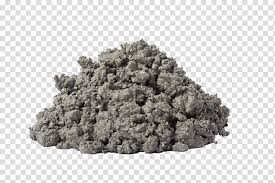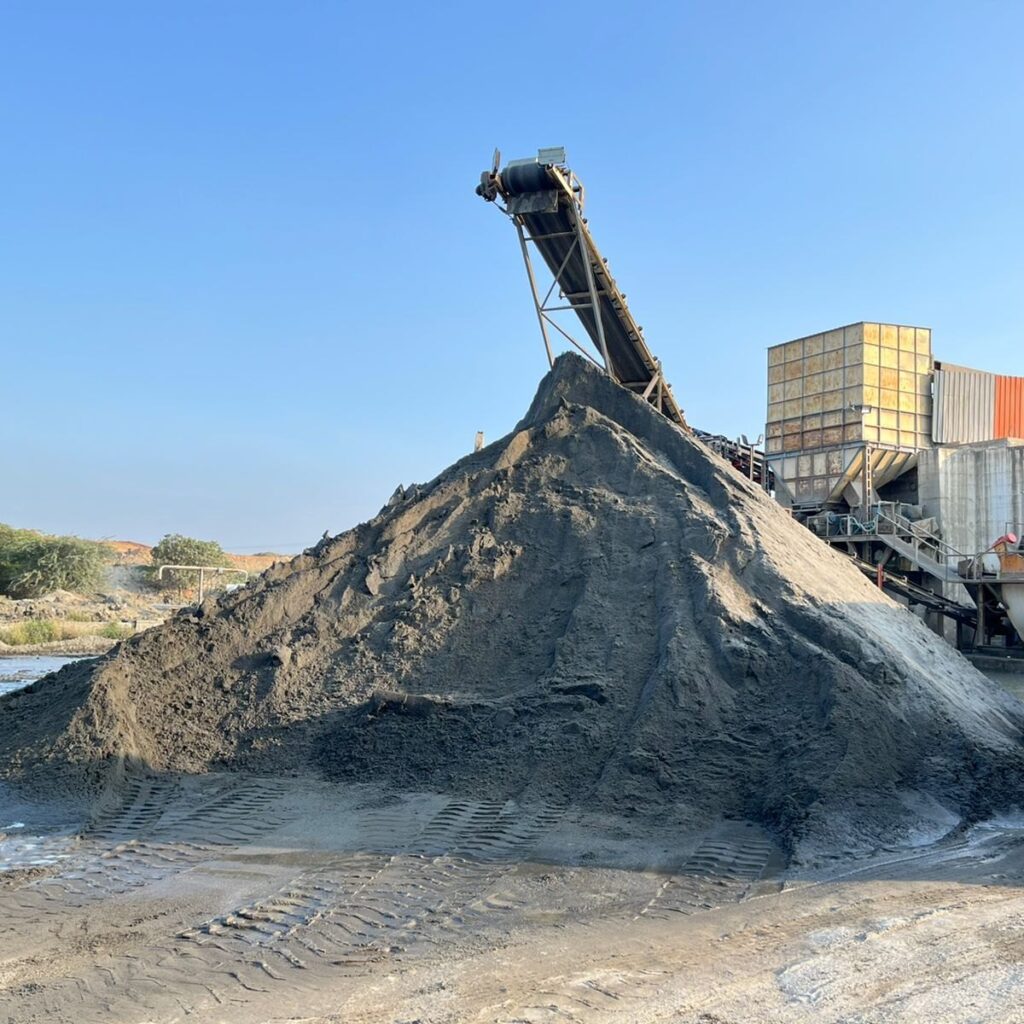How to use p sand for plastering
How to Use P Sand for Plastering: A Complete Guide for Builders in Mysore
Introduction: The Importance of P Sand in Plastering
Plastering is an essential step in the construction process, and using the right materials can make all the difference in the quality and durability of the finish. One such crucial material is P Sand, also known as Plastering Sand. As a leading construction materials supplier in Mysore, we understand the importance of using high-quality materials for every project, and P Sand is no exception. This guide will walk you through how to use P Sand for plastering effectively, while also highlighting the types of P Sand we supply in Mysore.
What is P Sand?
P Sand is a fine aggregate made from crushed rock that has been washed and processed for use in plastering. The fine texture of P Sand makes it ideal for creating smooth surfaces, making it a favorite choice for plastering. It is an essential material used for both internal and external plastering, ensuring a sturdy and even finish on walls.
Types of P Sand We Supply in Mysore
At MCMS Online Store, we supply various types of P Sand to meet different construction needs. Whether you are working on a small residential project or a large commercial building, we have the right kind of P Sand for you. Below are the main types of P Sand we supply:
1. Plastering Sand (P Sand)
This is the most commonly used type of P Sand. It is finely crushed to provide the smooth texture required for plastering. It ensures good bonding with cement, making it a reliable choice for achieving a clean, even finish.


2. Coarse P Sand
Coarse P Sand has slightly larger particles, making it ideal for external plastering where durability is a priority. This type of P Sand offers greater strength and is typically used for exterior plastering, where the plaster has to endure the effects of weather and moisture.

3. Concrete P Sand
Concrete P Sand is used primarily in the preparation of concrete, but it can also be used in plastering when a stronger base is needed. This type of P Sand provides a stronger, more durable finish, especially when mixed with cement for high-strength plastering.

4. Washed P Sand
Washed P Sand is processed to remove impurities, making it the cleanest and purest type of P Sand. This sand is ideal for high-quality plastering jobs, where the finish needs to be smooth and flawless.

Why Choose P Sand for Plastering?
P Sand has many advantages that make it the ideal choice for plastering:
- Smooth Finish: P Sand’s fine texture helps create a smooth, even surface for plastering.
- Better Bonding: The fine grains of P Sand bond well with cement, ensuring strong adhesion and longevity.
- Durability: P Sand contributes to the long-lasting durability of the plaster, making it ideal for both interior and exterior applications.
- Easy to Work With: The consistency and fine nature of P Sand make it easier to spread and work with, especially for finishing touches.
How to Use P Sand for Plastering: Step-by-Step Guide
Step 1: Choose the Right Type of P Sand
Before you begin plastering, it’s important to choose the right type of P Sand for your project. For internal plastering, Plastering Sand or Washed P Sand is ideal. For external plastering, you may want to go with Coarse P Sand for added durability.
Step 2: Mix the P Sand with Cement
The key to a successful plastering job lies in the proper ratio of sand to cement. Generally, a ratio of 1:4 (1 part cement to 4 parts P Sand) is used. You can adjust the mix depending on the strength and finish required. Always ensure the mix is homogeneous to achieve consistent results.
Step 3: Prepare the Surface
Before applying the plaster, the surface must be clean and free from dust, debris, or oil. This helps the plaster adhere better to the surface. For uneven surfaces, a base coat may be required before applying the final plastering layer.
Step 4: Apply the Plaster
Using a plastering trowel, apply the mixture to the prepared surface. Start at the bottom and work your way upwards. For a smooth finish, use a float to even out the surface.
Step 5: Finishing Touches
Once the plaster is applied, it may need to be smoothed further for a flawless finish. If required, you can apply additional coats of plaster, ensuring each layer is smooth and uniform.
Tips for Using P Sand for Plastering
- Proper Mixing: Ensure you mix the P Sand and cement thoroughly to avoid inconsistencies.
- Control Moisture: Too much water can weaken the plaster. Ensure the mixture is moist enough for application but not overly wet.
- Work in Sections: It’s best to work in smaller sections to ensure a more uniform finish.
- Curing: After applying the plaster, ensure it is cured properly to avoid cracks or other damage.
Common Mistakes to Avoid When Using P Sand for Plastering
While plastering with P Sand is relatively straightforward, there are a few common mistakes you should avoid:
- Using Poor Quality Sand: Always choose high-quality P Sand. Low-grade sand can affect the finish and longevity of the plaster.
- Incorrect Mix Ratios: Using too much cement or too little can weaken the plaster. Stick to the recommended mix ratio for the best results.
- Not Allowing Proper Curing: Plaster requires proper curing to strengthen and avoid cracks. Don’t skip this important step.
- Inconsistent Application: Applying plaster too thick or too thin can lead to an uneven finish.
Why Choose Us for Your P Sand Needs in Mysore?
As a trusted construction materials supplier in Mysore, we supply only the best-quality P Sand for your plastering projects. With years of experience, we understand the specific needs of builders in Mysore, and our P Sand is tailored to meet those requirements. Here’s why you should choose us:
- High-Quality Materials: We supply premium quality P Sand that meets industry standards.
- Variety of Options: We provide different types of P Sand to suit all kinds of plastering needs.
- On-Time Delivery: We ensure timely delivery to keep your project on schedule.
- Expert Advice: Our team is ready to offer guidance on choosing the right type of sand for your specific project.
Conclusion
Using the right materials is crucial for achieving high-quality plastering results. P Sand plays a pivotal role in ensuring a smooth, durable, and attractive finish for both internal and external plastering. As a leading supplier of construction materials in Mysore, we are committed to providing top-notch P Sand for all your plastering needs.
For more information or to place an order, feel free to contact us. Whether you need a small quantity for a residential project or a bulk supply for a large construction site, we’ve got you covered!
We do not compromise in the quality of materials like others do


